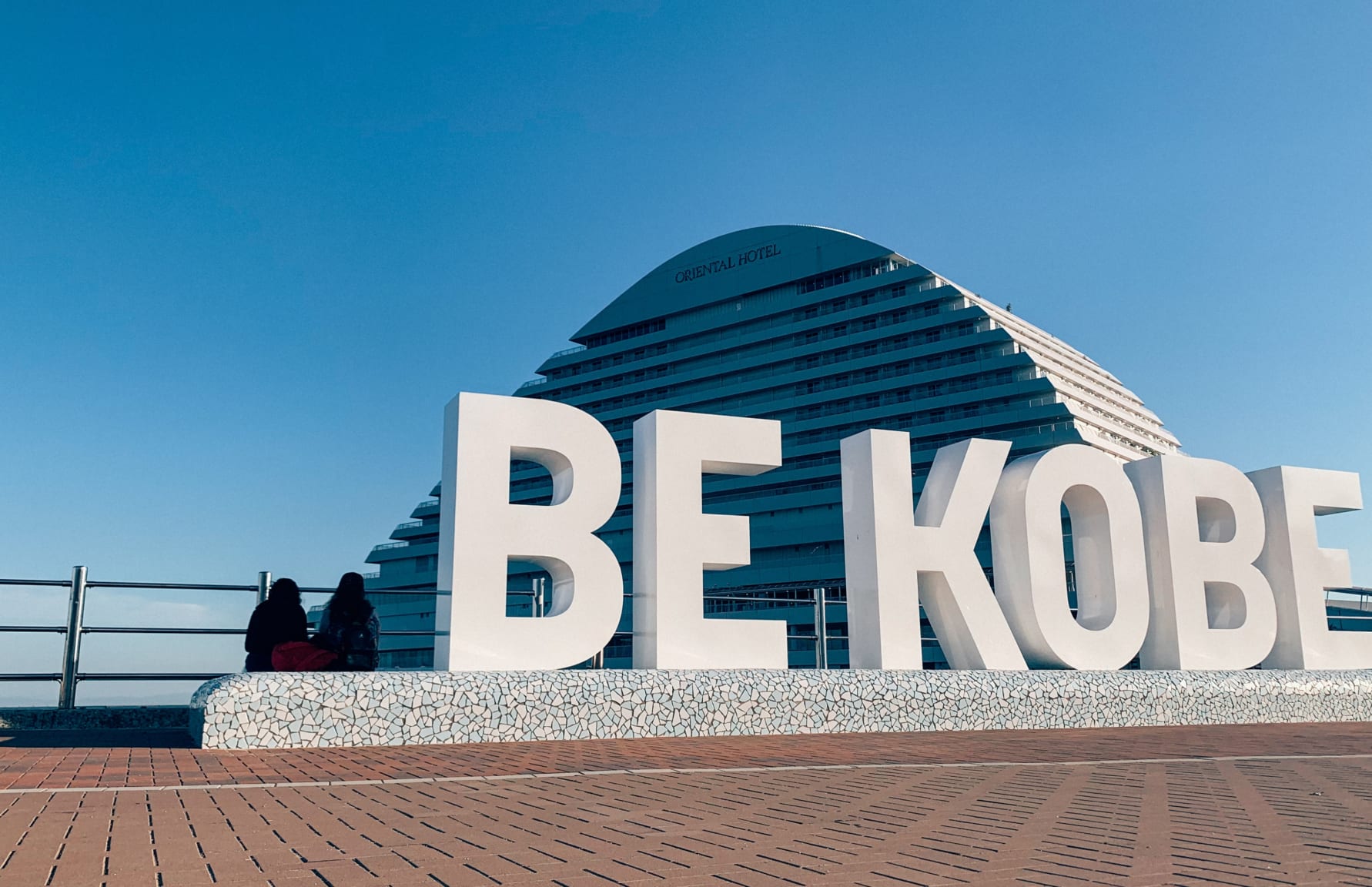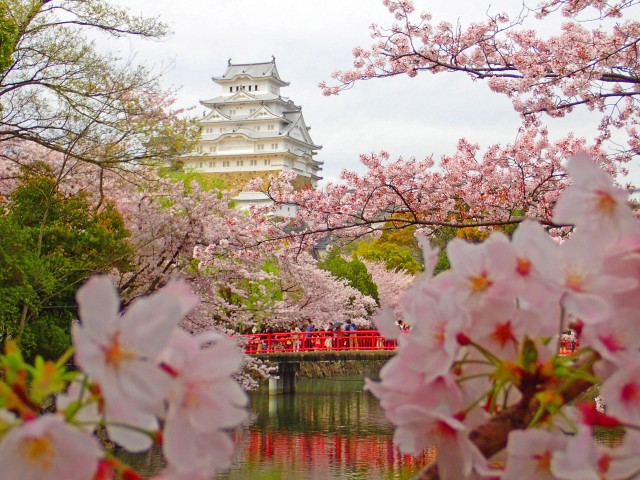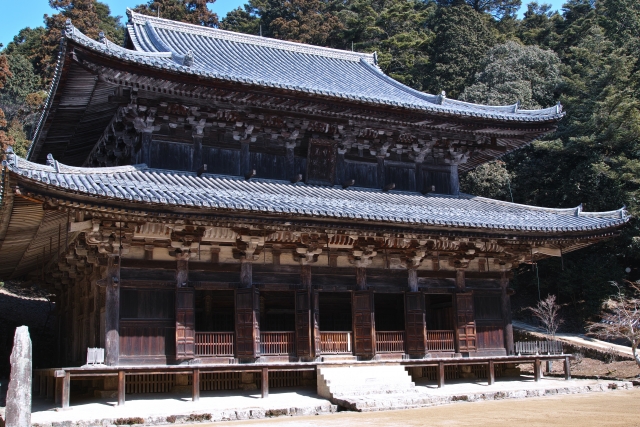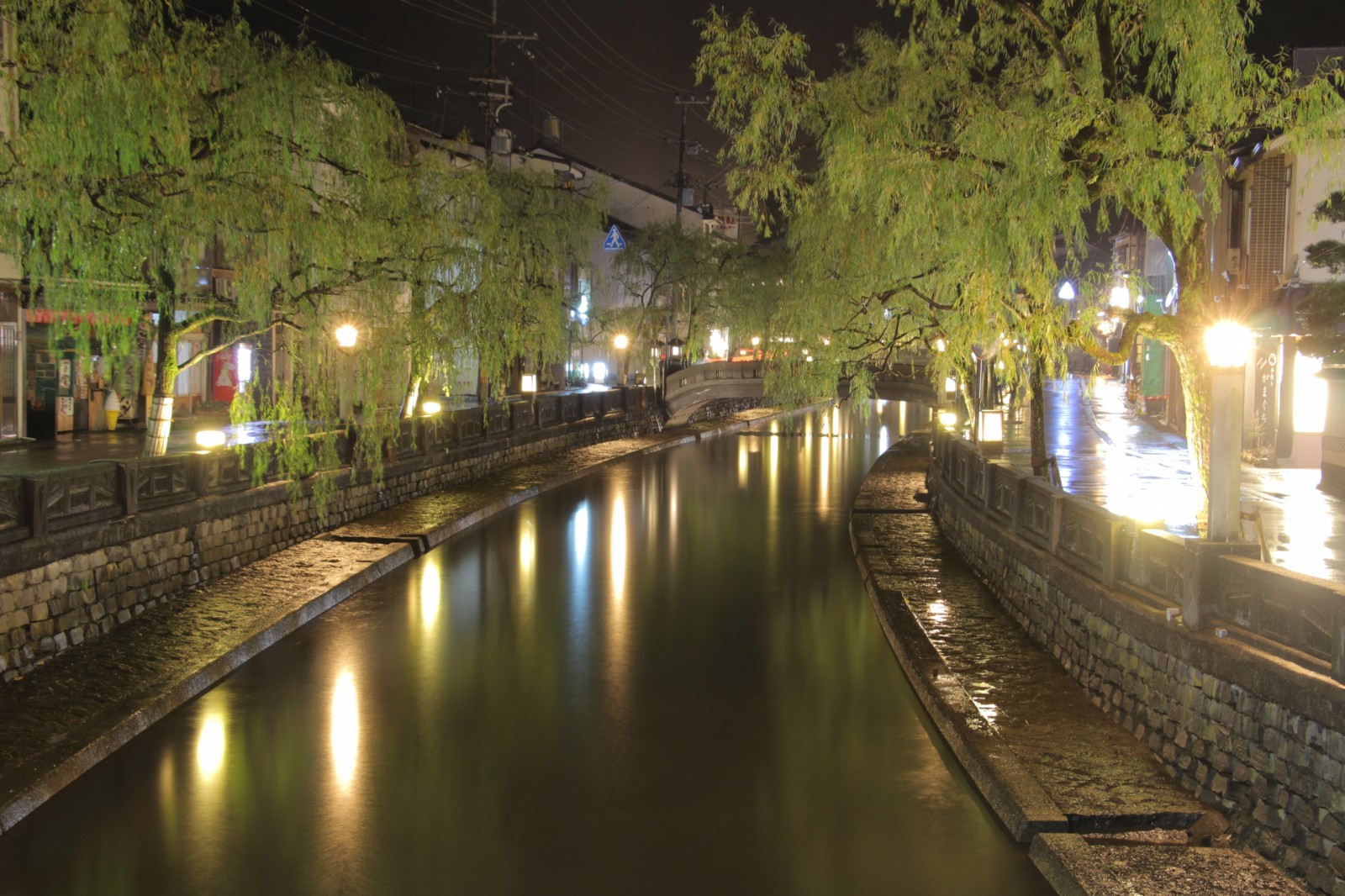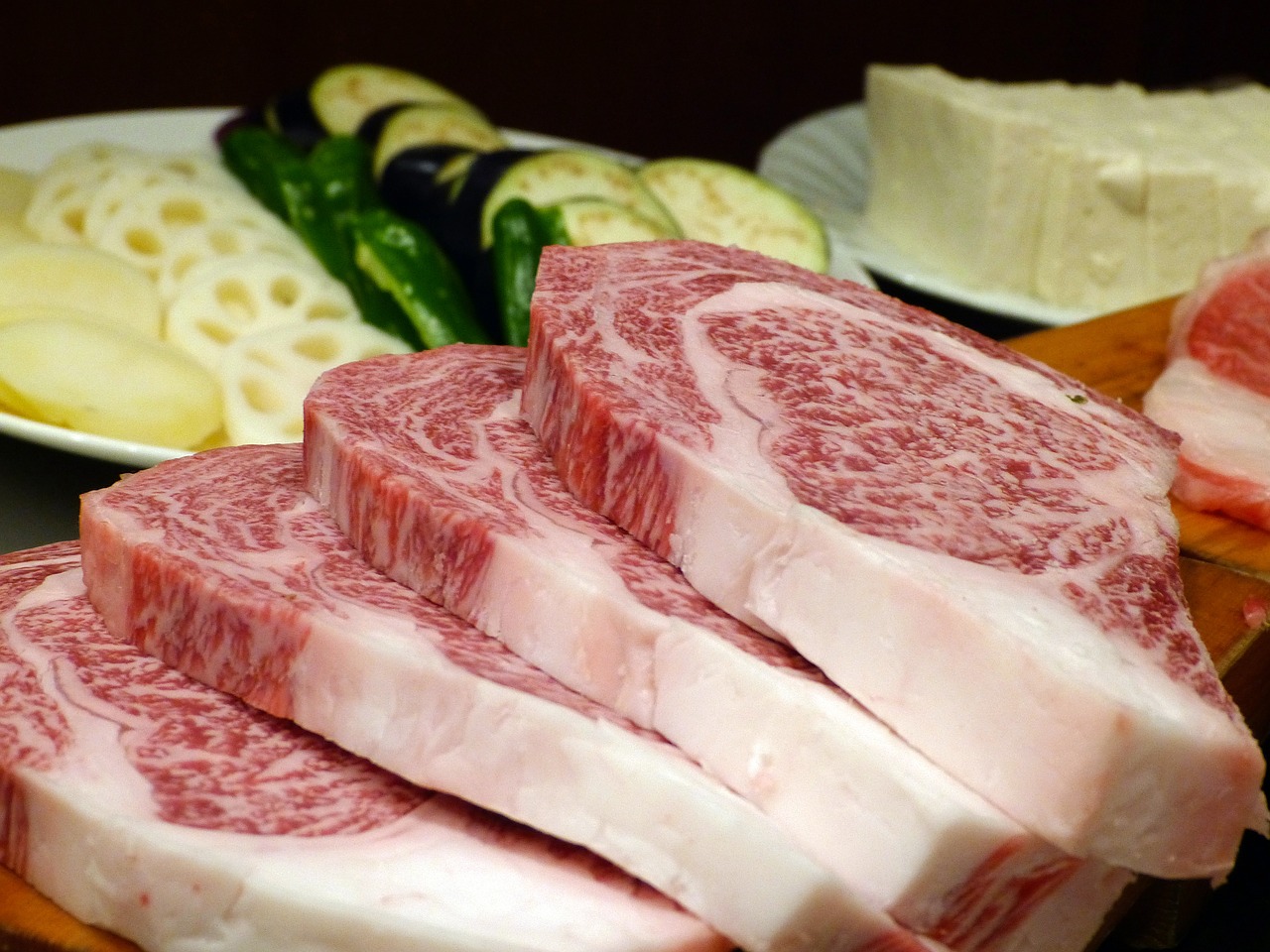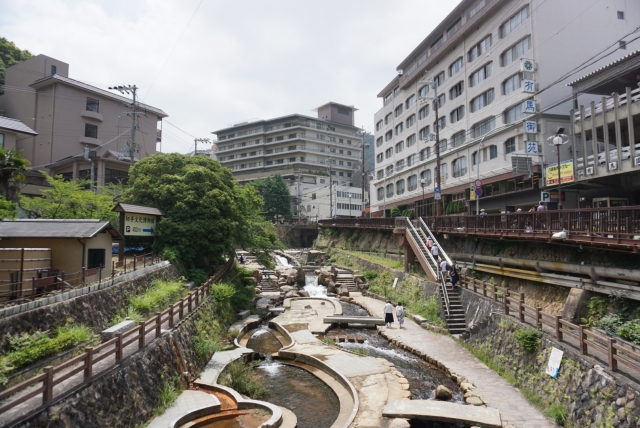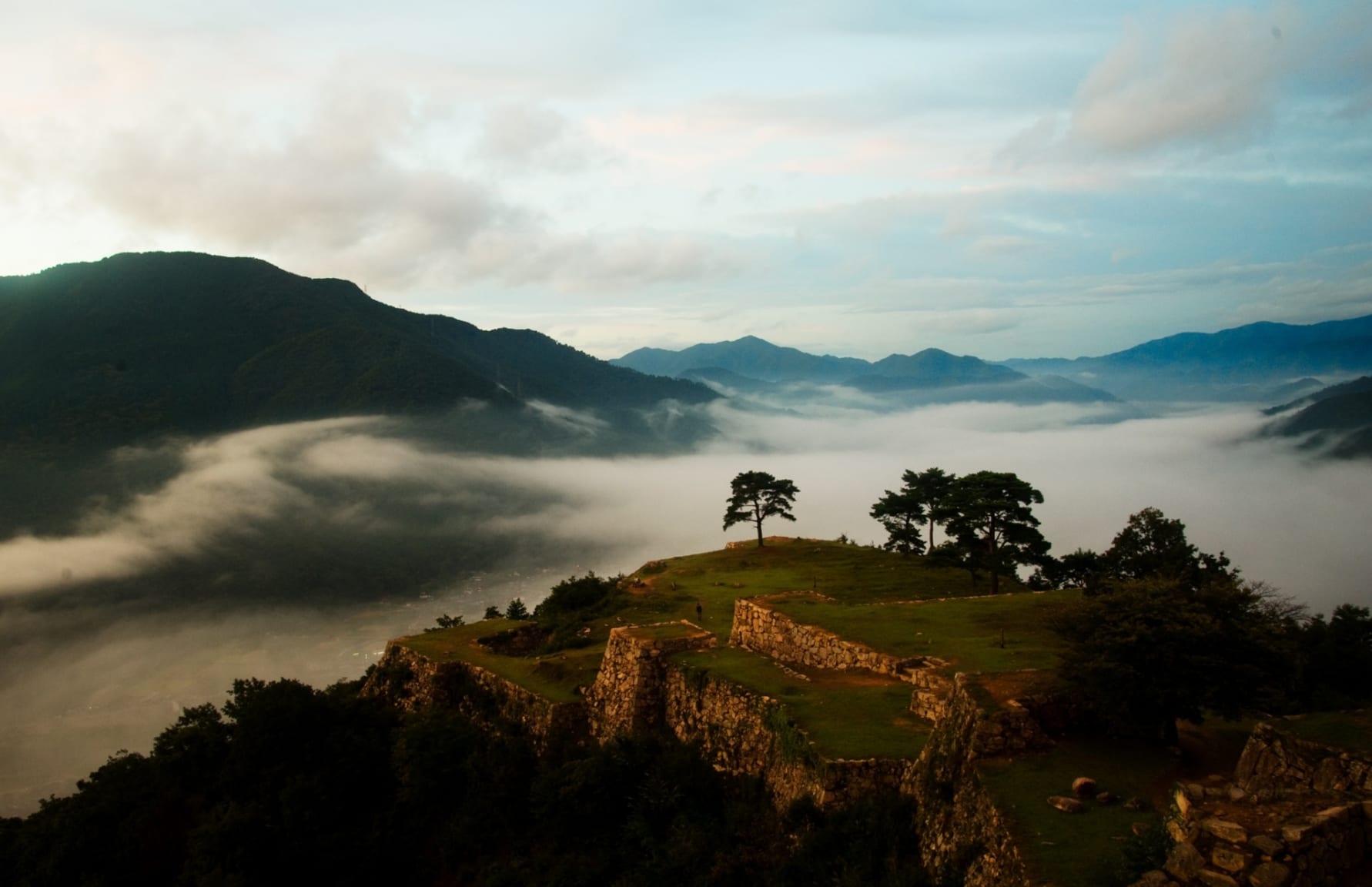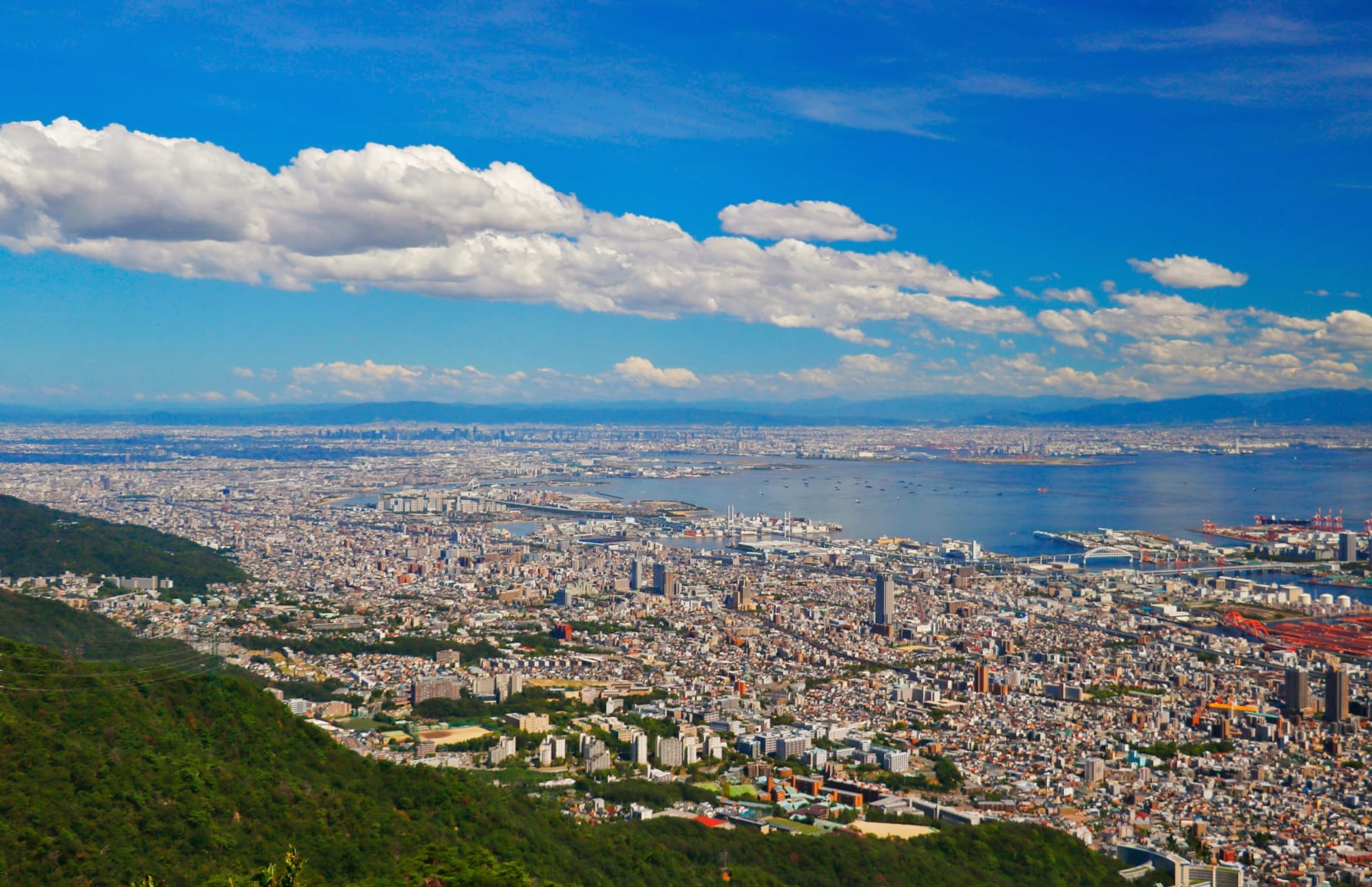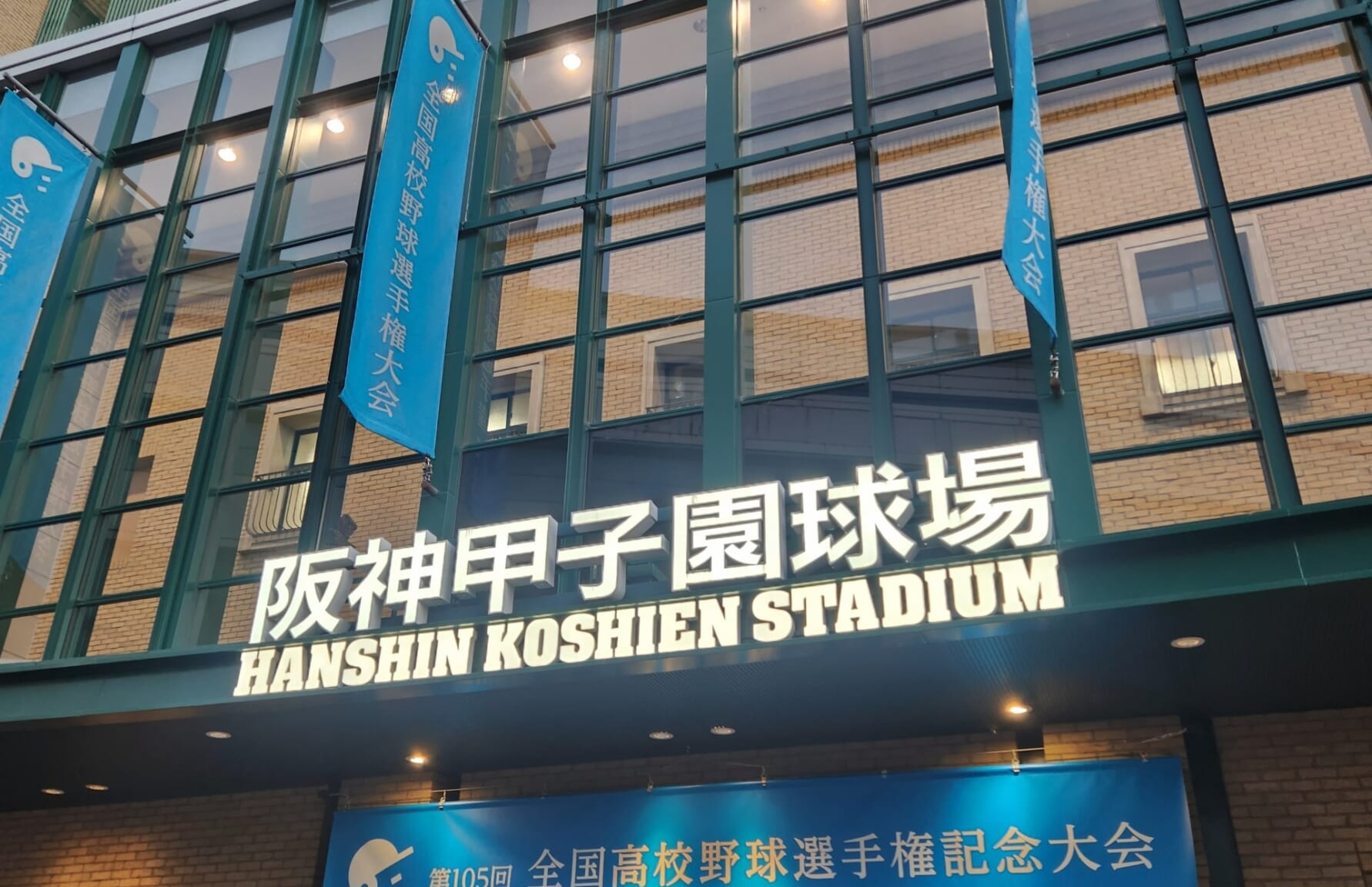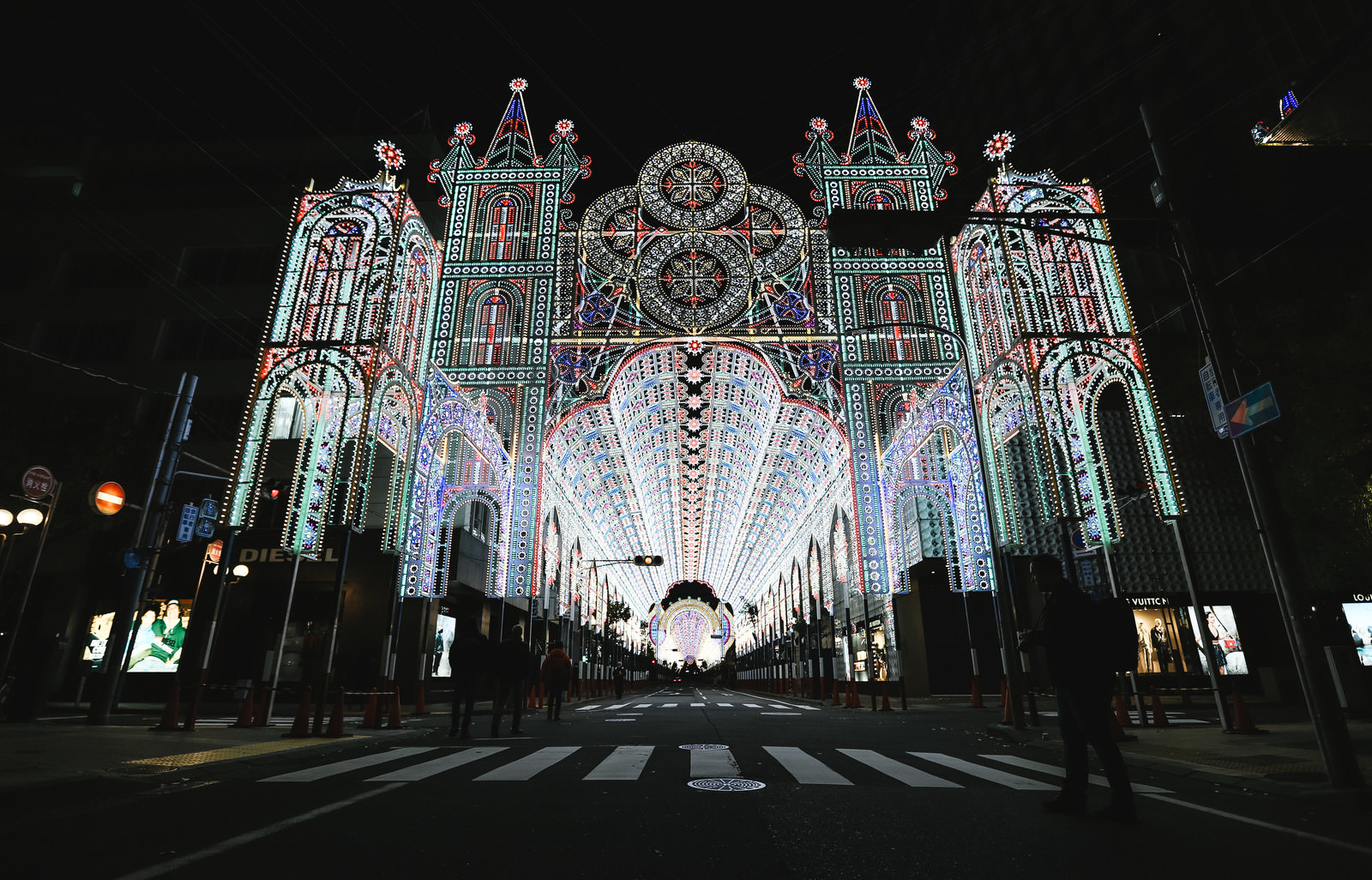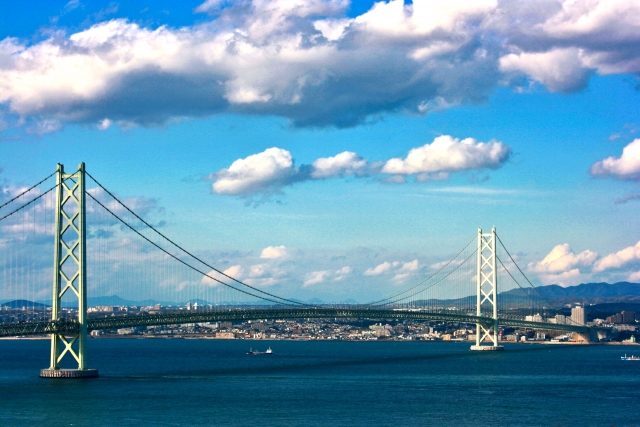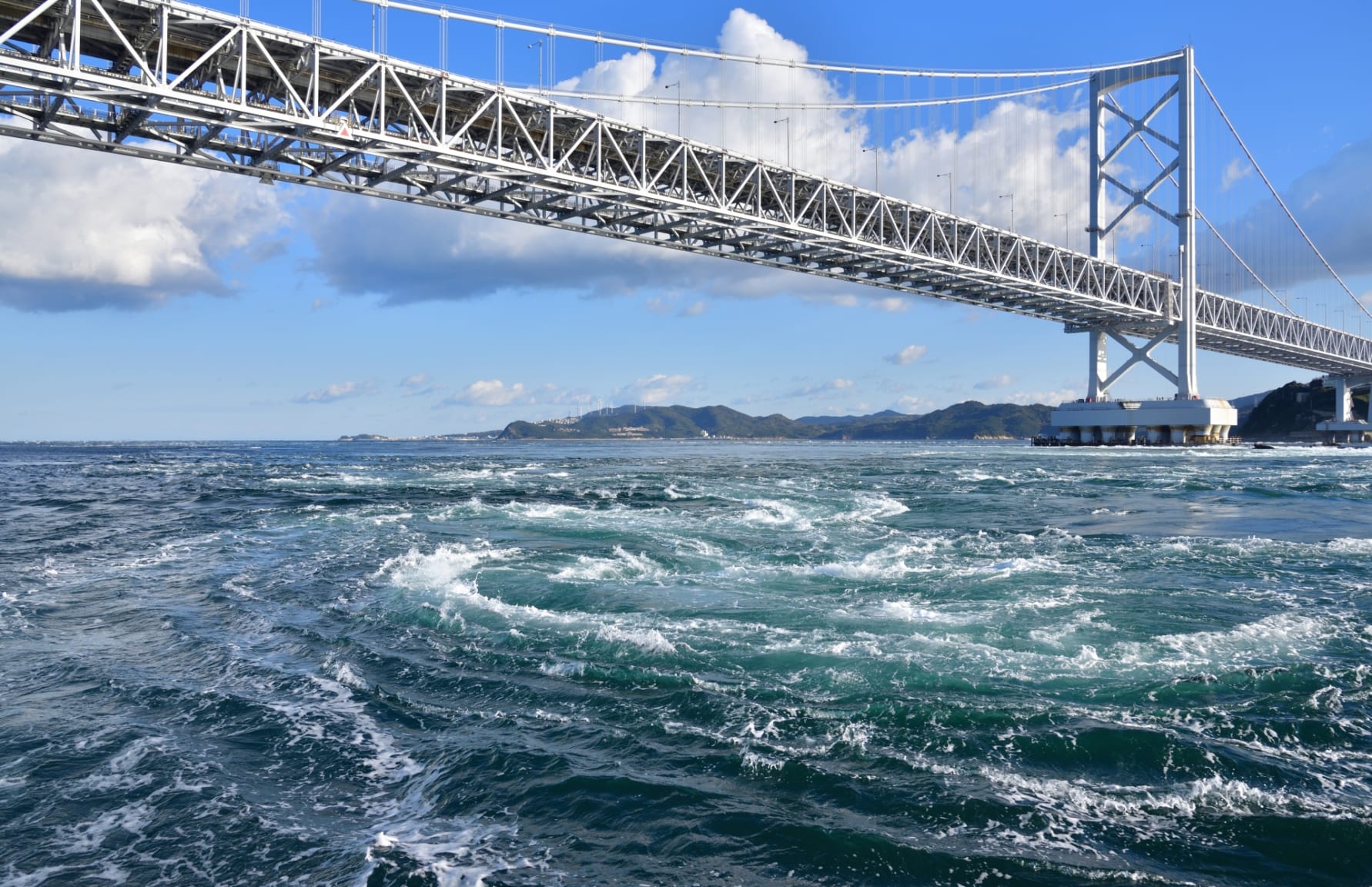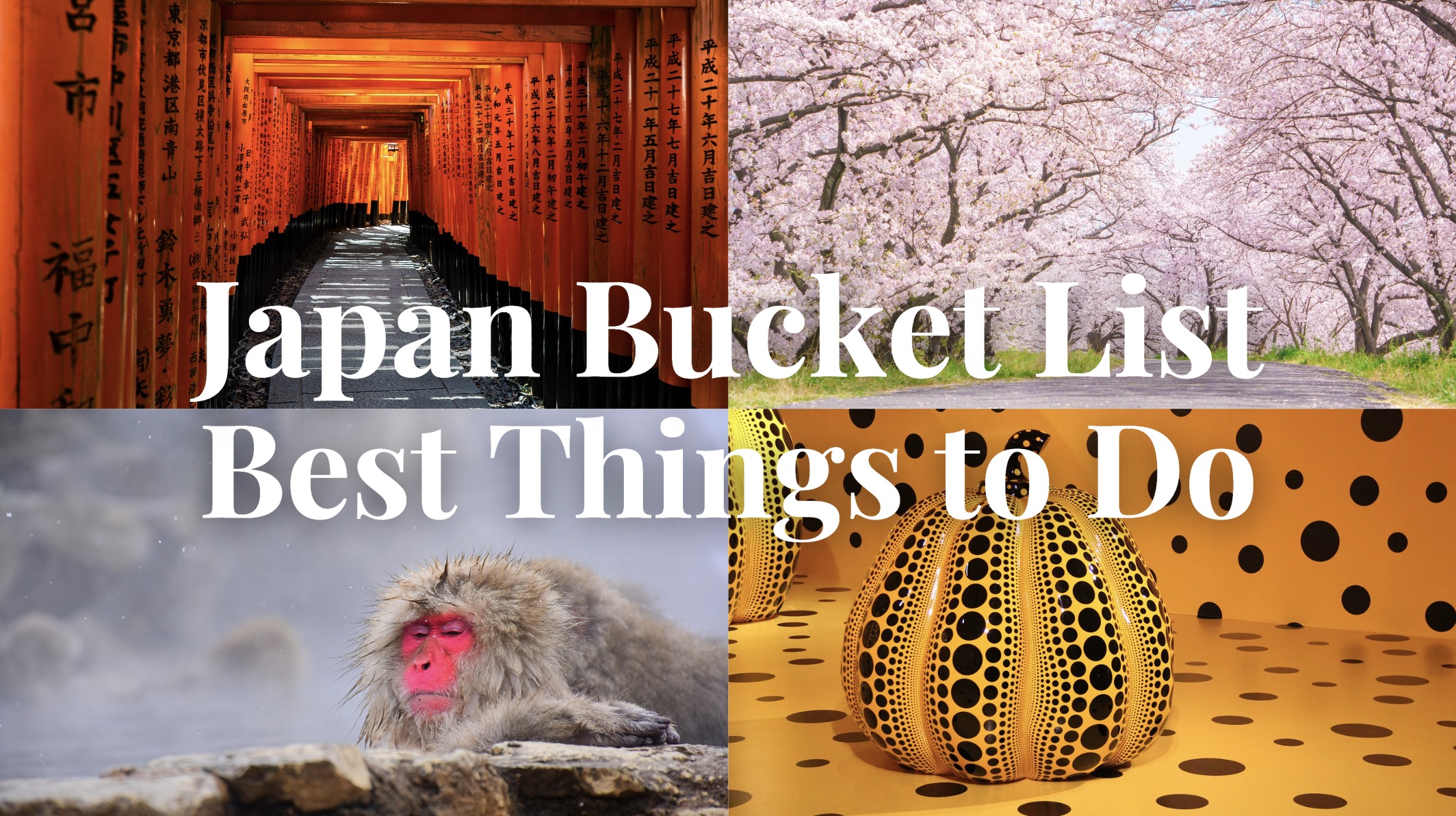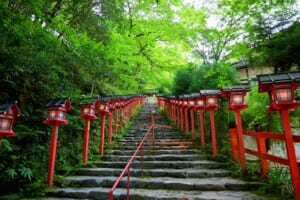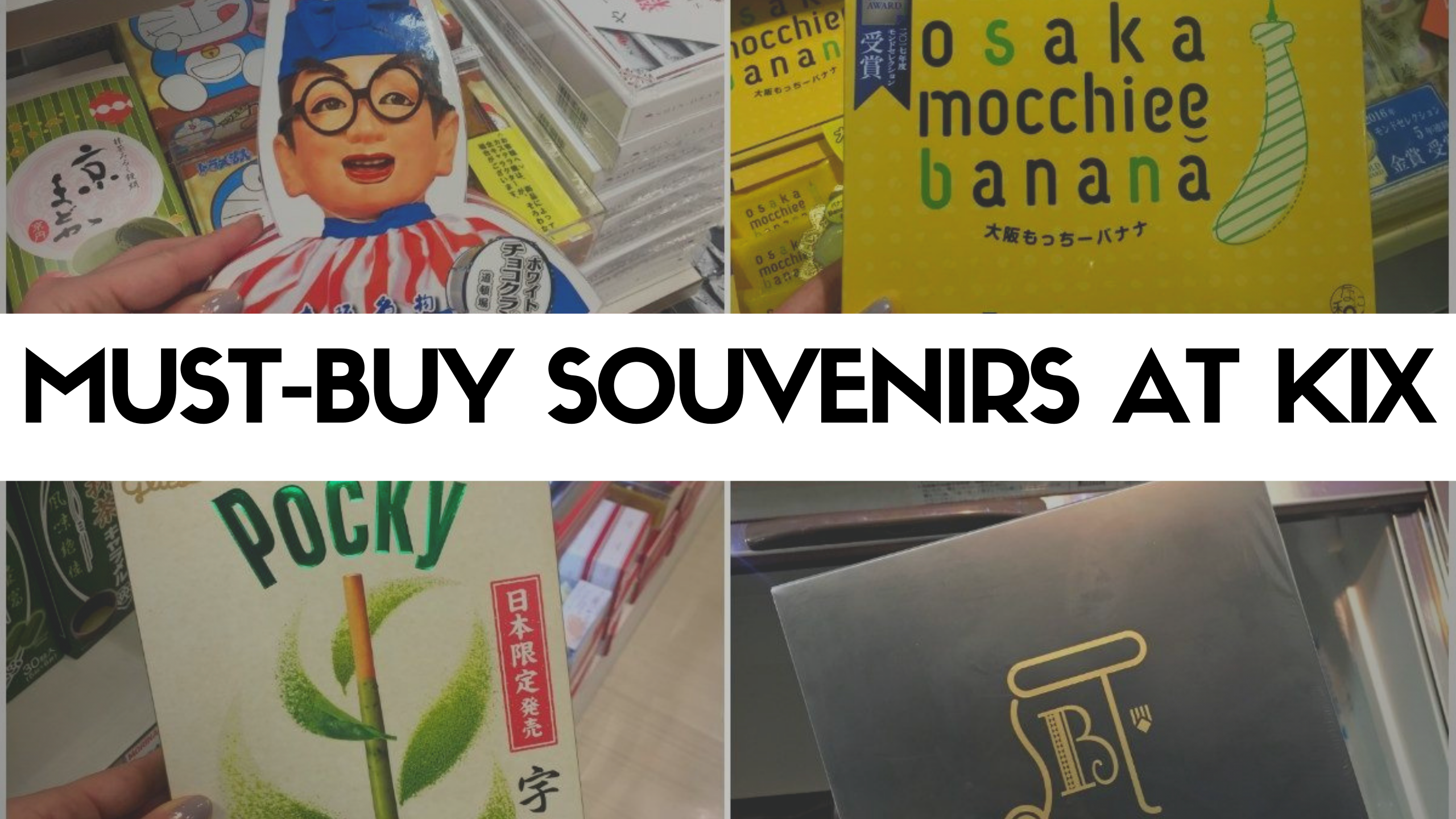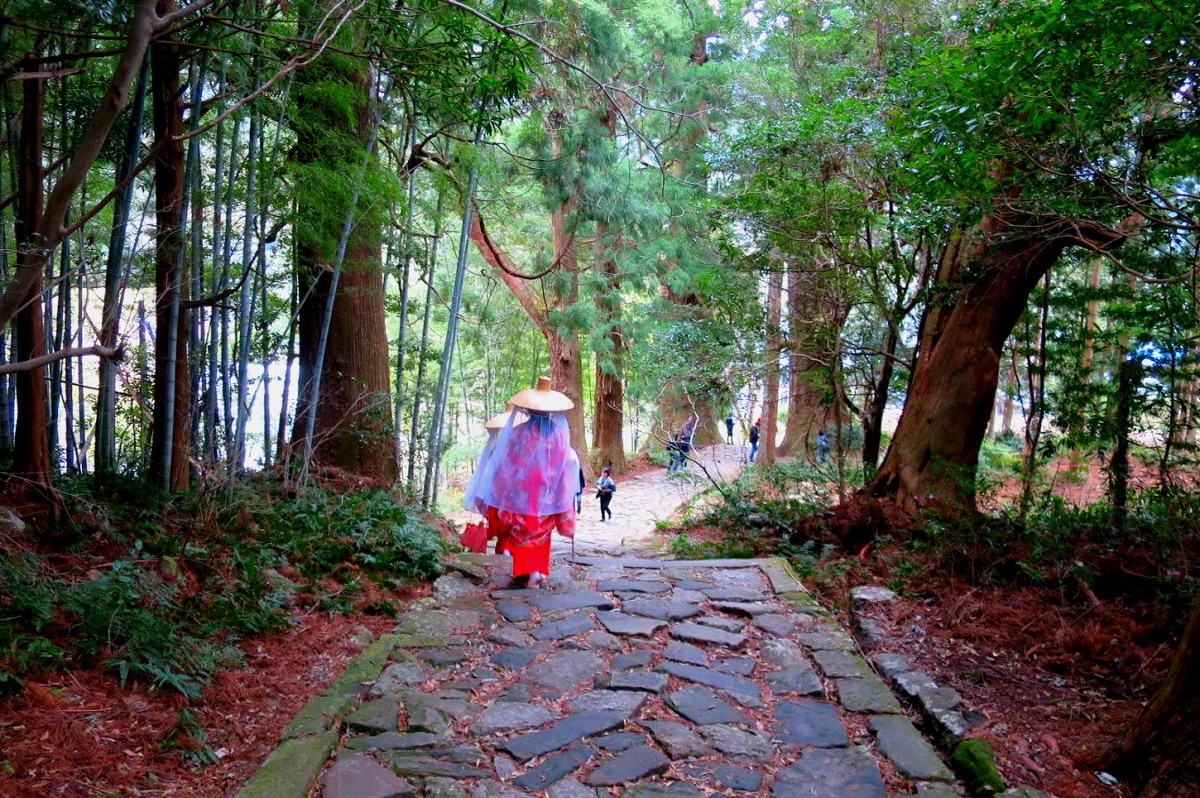15 Best Things to Do in Hyogo
From Himeji Castle to Kobe Beef, Best Things to Do in Hyogo
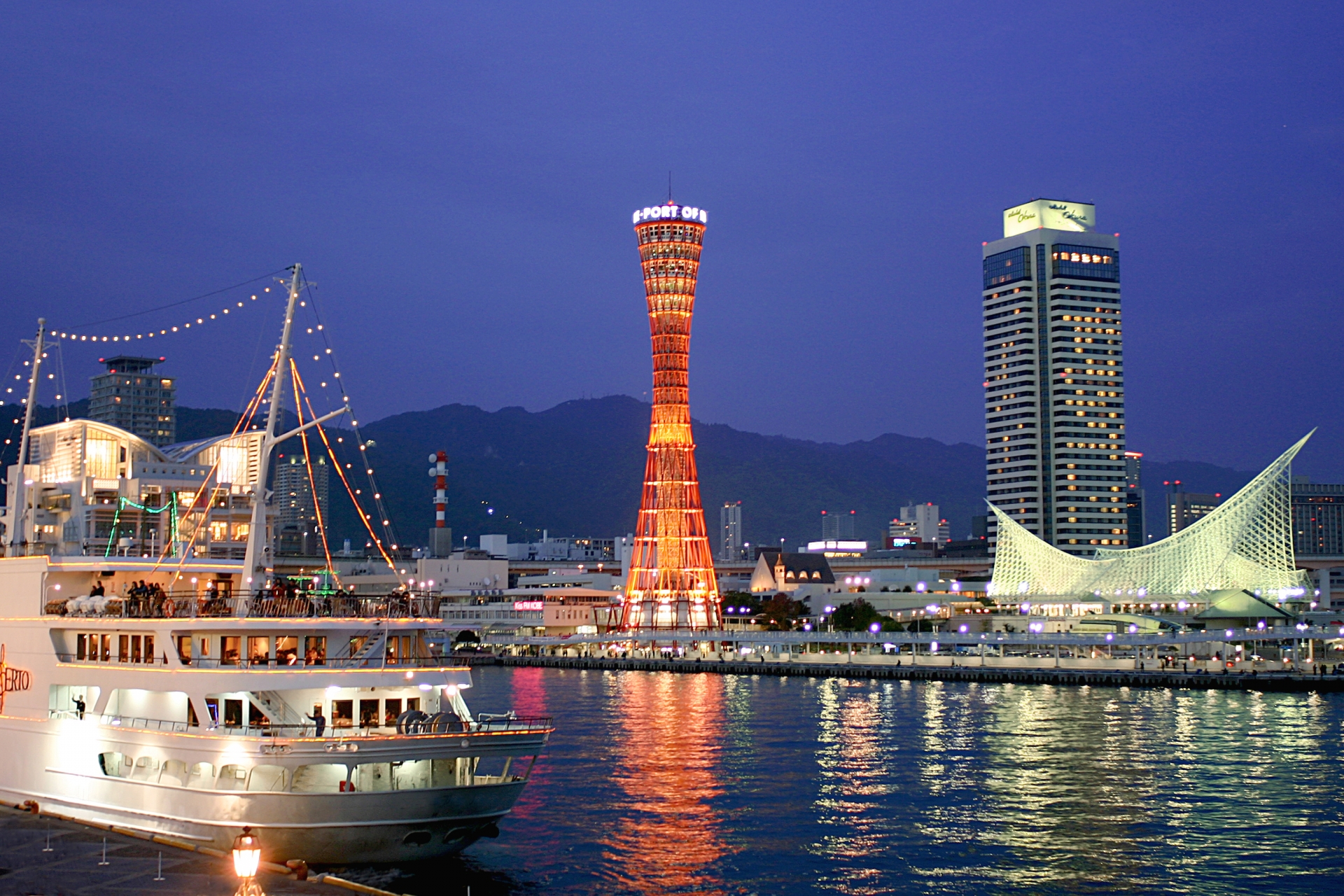
Hyogo is a prefecture located in the Kansai region, stretching from the Seto Inland Sea to the Sea of Japan. The prefectural capital, Kobe, is one of the largest cosmopolitan cities in Japan, known for its signature marbled beef called Kobe Beef and scenic setting of mountains with the harbor. The vibrant port cities is a center of economic, transportation, and tourism in the region.
Hyogo is situated next to Kyoto and Osaka, two of the most popular cities among tourists in Japan, and the prefecture itself is a great travel destination as there are a number of tourist attractions, such as historic sites, nature spots, hot spring resorts, and delicious local specialties.
In this article, I would like to introduce the best things to do in Hyogo Prefecture, from the UNESCO World Heritage Site: Himeji Castle, to delicious Kobe Wagyu Beef!
With this Kansai Region Bucket List, let’s also check out the surrounding tourist attractions: Best Things to Do in Kansai
1. Kobe
The capital city of Hyogo Prefecture, Kobe (神戸) is one of the most attractive cities and the most popular tourist destinations in Japan. The city is one of the most important port cities with the Port of Kobe, which opened for foreign trade in the 19th century.
Kobe offers a great number of tourist attractions, including the city’s landmark Kobe Tower, the waterfront park Meriken Park, museums, shopping spots, and plenty of restaurants to taste mouthwatering Kobe Beef. The city is also known for its beautiful night view, which is considered as one of the three most spectacular night views along with Hakodate and Nagasaki.
One of the best places to enjoy the scenic city view of Kobe is Kobe Nunobiki Herb Gardens, a botanical garden situated on the slope of Mt Rokko. It’s the largest herb garden in Japan, with around 75,000 herbs and flowers of about 200 kinds blooming throughout the year. The garden can be accessed only by the ropeway, which offers astonishing views of Kobe City.
Since being one of the oldest port cities in Japan, Kobe has a lot of influence from other countries and offers a unique mixed culture of Western and Oriental. The Kitano area, the Western-influenced district which used to be a residence area of foreign merchants there has some former houses and buildings that are not open to the public as tourist sites. The city also has the largest Chinatown.
More info: Kobe: Best Things to Do
2. Himeji Castle
Himeji Castle (姫路城) is a Japanese feudal castle located in Himeji City. The castle is often called the White Heron Castle (Shirasagi-jo in Japanese) because of its beautiful appearance with the white exterior of the building. It’s counted as one of the three greatest castles in Japan, along with Matsumoto Castle in Nagano and Kumamoto Castle in Kumamoto.
The castle is renowned for the finest surviving example of prototypical Japanese castle architecture with advanced defensive systems from the feudal period in the 17th century. It’s the only Japanese castle that is registered as a UNESCO World Heritage Site, and it’s also designated as a National Treasure. The best time to visit the castle is cherry blossom season as over 1,000 cherry trees are planted in the grounds of the castle.
3. Kokoen Garden

The Japanese-style stroll garden is 3.5 ha and consists of nine different gardens which are separated from each other by walls. It has a large pond in the center with 250 carp. The garden features the style of architecture from the Edo period, making it a popular setting for filming Jidaigeki (Japanese historical dramas and movies)
4. Shosazan Engyoji Temple
Shoshazan Engyoji Temple (書写山圓教寺) is a temple of the Tendai sect located in Himeji City. The temple was founded in 966 by Shoku Shonin and has over 1000 years of history. Engyoji is the 27th temple of the 33 Kansai Kannon Pilgrimage temples. The temple complex consists of multiple buildings, including the main hall of the temple Mani-den, and some of them are designated as Important Cultural Property of Japan. The temple is located at the summit of Mt Shosha (Shoshazan) and can be reached via a hiking trail or a ropeway.
Engyoji Temple has been featured in a number of movies and dramas in the past, mostly with domestic productions, but it became famous worldwide when it was set on the filming location of the Hollywood blockbuster movie “The Last Samurai” as multiple scenes were shot around three halls (Daiko-do, Jiki-do and Jogyo-do).
Map: https://maps.app.goo.gl/EZ3koZdHtrEzZgkp8
5. Kinosaki Onsen
Kinosaki Onsen (城崎温泉) is one of the most popular Onsen resorts in Japan, located in Toyooka City in northern Hyogo along the coastline of the Sea of Japan. Kinosaki Onsen, once featured on Lonely Planet as the Best Onsen Town in Japan, attracts visitors with its traditional and charming townscape, with historic buildings and willow trees lined along the canal.
Visitors can enjoy strolling down the street with a nostalgic atmosphere, wearing a Yukata (cotton kimono) and Geta (wooden sandals). On the streets of Kinosaki, you can hear the clatter of Geta sandals as passengers pass by, which adds a unique quality and characteristic to this Onsen town.
Kinosaki Onsen is home to approx 80 Onsen ryokans and 7 public bathhouses called Sotoyu, and the popular activity in Kinosaki is Sotoyu Meguri, touring all the public bathhouses, which allows you to have various Onsen experiences.
6. Kobe Beef
Wagyu (premium Japanese beef) is one of the most popular Japanese foods among tourists. In fact, there are over 300 wagyu brands throughout the country, and one of the most famous and renowned wagyu beef brands is Kobe Beef (神戸牛), which is from Kobe City, Hyogo Prefecture. Kobe Beef is valued for its taste, tenderness, and well-marbled texture with the delicate fat that melts in your mouth delightfully.
In Kobe City, there are a number of restaurants and steakhouses that offer delicious and mouthwatering Kobe Beef dishes. You can enjoy Kobe Beef in various ways of cooking, such as Teppanyaki, Shabu-Shabu, and Sukiyaki. Check the link below to find the best Kobe Beef restaurants in Kobe City!
More info: Best Kobe Beef Restaurants in Kobe
7. Arima Onsen
Along with the Kinosaki Onsen mentioned above, Arima Onsen (有馬温泉) is also one of the top hot spring resorts in Western Japan. Arima Onsen is a popular getaway from the city as it’s located within Kobe City, just behind Mt Rokko. While being situated in the modern city, it attracts visitors with its tranquility and the surroundings of beautiful nature tucked away from the hustle and bustle of the city.
Arima Onsen is considered one of the best three hot springs in Japan. There are two types of spring waters: Kinsen, which has a brownish colour and contains iron and salt, and Ginsen, which has no colour and contains radium and carbonate.
Arima Onsen is one of the oldest hot springs in Japan, from the 8th century, and is also known as a favourite Onsen of Hideyoshi Toyotomi, one of the most famous Japanese samurai and warlords from the 16th century, whose statue can be found in the town.
More info: 10 Best Things to Do in Arima Onsen
8. Takeda Castle Ruins
Takeda Castle Ruins (竹田城跡) are the ruins of a mountaintop castle located in Asago City in northern Hyogo Prefecture. The Takeda Castle was built originally in 1441 during the Muromachi period by Otagaki Mitsukage, a retainer of Yamana Sozen, and destroyed in 1600 during the battle of Sekigahara, with the foundations and stone walls remaining relatively undamaged.
The castle ruins are today a popular tourist site and often called “the Castle in the Sky” as it looks like floating on a sea of clouds. It’s often compared to Machu Picchu, an Incan citadel in Peru. The castle can be visited throughout the year, however, if you wish to capture the view of the cloud-floating castle, there are more chances for the foggy haze to appear in early morning in autumn (which is about once every three days).
9. Rokkosan
Rokkosan or Mt Rokko (六甲山) is a range of mountains in southeastern Hyogo Prefecture, which spans approximately 56km from western Kobe to Takarazuka with the highest point of 931 m. Mt Rokko is a symbol of Kobe City and a popular destination for sightseeing and hiking from the city. The panoramic view of the Hanshin area, including Kobe City, Osaka Bay, and Osaka, can be seen from the mountain, and the view is also spectacular after sunset.
Various attractions are available on Mt Rokko, including a botanical garden, museum, park, shops, restaurants,and observatories. There are also seasonal events such as autumn leaves viewing and winter illuminations. The mountain can be accessed by a cable car from Kobe City and a ropeway from Arima Onsen.
10. Hanshin Koshien Stadium
Hanshin Koshien Stadium (阪神甲子園球場) is a baseball stadium located in Nishinomiya City. The stadium opened in the summer of 1924 and has a capacity of 55,000. It’s the home field of the Hanshin Tigers, a Japanese professional baseball team that has a huge fan base in Western Japan. The stadium also hosts national high school baseball tournaments called Koshien, for which the stadium was originally built and given its name. While the tournaments are held, the Hanshin Tigers use Kyocera Dome Osaka as their second home field.
During the season of professional baseball leagues or high school tournaments, it’s recommended to visit Hanshin Koshien Stadium and watch the baseball game with local fans in an energetic and enthusiastic atmosphere, especially if you are a baseball fan!
11. Kobe Luminarie
Watching winter illuminations is one of the most popular seasonal activities in Japan nowadays, and gorgeous light-ups are displayed in many cities across Japan during winter. Kobe Luminarie (神戸ルミナリエ) is one of the most spectacular illumination events in Japan, which is held annually in Kobe City in winter.
The event originally started in 1995 to commemorate the Great Hanshin Earthquake and has been running for over 20 years until today. The event features colourful and gorgeous light installations, which are designed by Japanese and Italian artists and displayed at multiple locations in Kobe City. The event invites a few million visitors every year.
12. Autumn Leaves at Ankokuji Temple
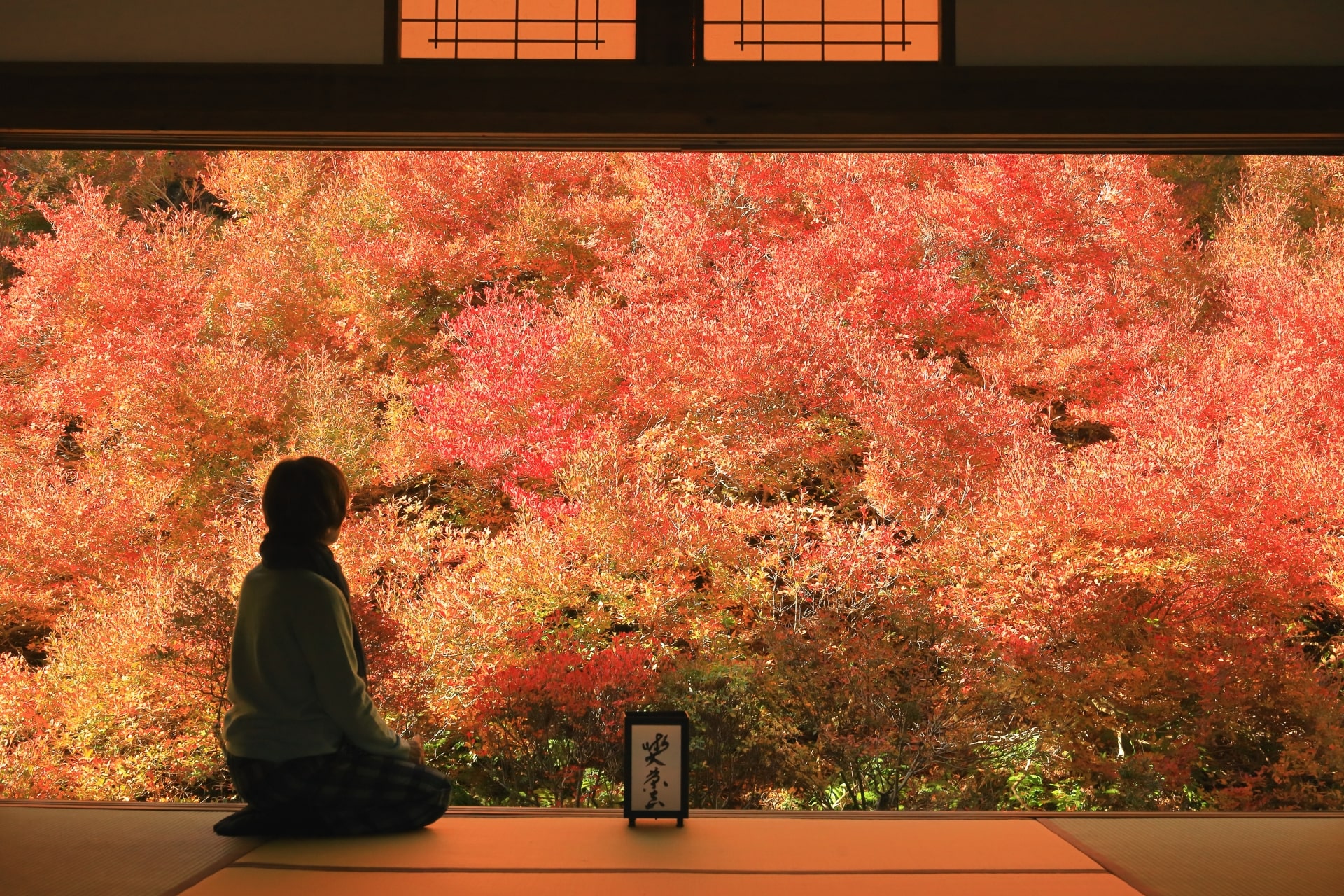
Ankokuji Temple is renowned for its Dodan Tsutsuji (Enkianthus perulatus), which turns a vibrant red in autumn, creating a stunning landscape. The breathtaking view of the fiery red trees can be enjoyed from the temple’s main hall, resembling a beautiful painting. During this season, the temple attracts thousands of visitors eager to witness the spectacular scenery.
More info: Ankokuji Temple: the Best Hidden Autumn Leaves Spot in Hyogo
13. Awaji Island
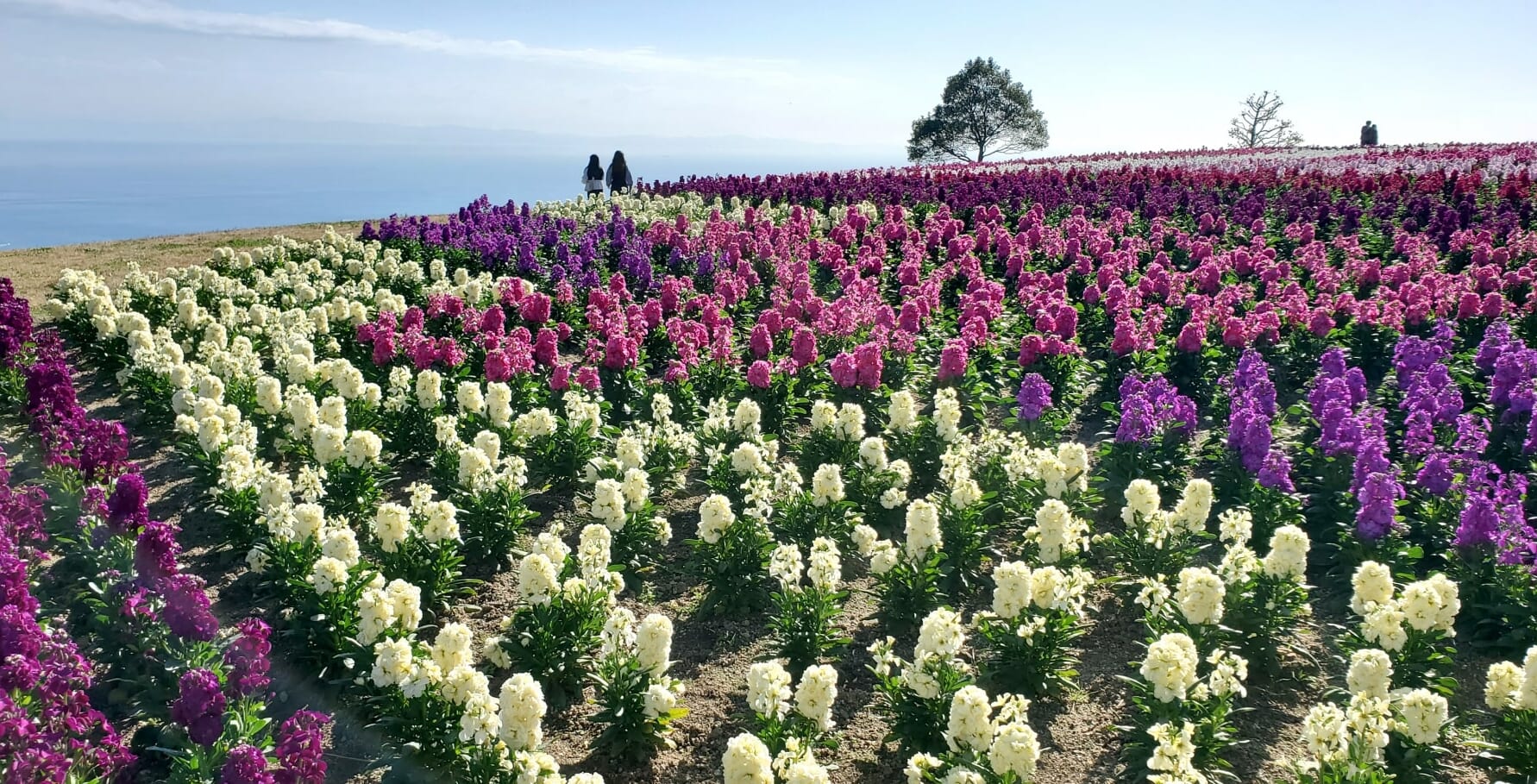
Awaji Island is a popular tourist destination in Western Japan, known for its diverse attractions. Visitors can explore historic sites, museums, amusement parks, seasonal flowers, natural scenic spots, and enjoy delicious local cuisine. The island is also renowned for its traditional puppet theater, which has a history spanning 500 years and continues to be performed at the Awaji Puppet Theater to this day.
More info ▶ Best Things to Do in Awaji Island
14. Akashi Kaikyo Bridge
The Akashi Kaikyo Bridge (明石海峡大橋) is a suspension bridge that connects Kobe City and Awaji Island, and spans over the Akashi Strait. The bridge opened in 1998 as the longest suspension bridge in the world (3,911 m) at that time. It’s currently the second longest after the 1915 Çanakkale Bridge in Turkey opened in March 2022. The bridge is part of the Kobe-Awaji-Naruto Expressway, the tolled expressway connecting Hyogo and Tokushima prefectures.
The science museum, Akashi Kaikyo Bridge Exhibition Center, is located next to the bridge (on the Kobe City side), where guests can learn the history and technologies about the bridge and its construction. The bridge is usually open only for vehicles, but there is also a 317m long promenade as a tourist attraction. There is also a group tour held occasionally, which allows visitors to walk on a special path and access the top of the bridge and observation space if you join a group tour. (link: https://www.jb-honshi.co.jp/english/bridgeworld/index.html)
15. Naruto Whirlpools
The Naruto Whirlpools (鳴門の渦潮) are the natural phenomena formed by tidal currents of the Naruto Strait between Naruto City, Tokushima Prefecture, and Awaji Island, Hyogo Prefecture. The strait has a width of about 1.3km and connects the Pacific Ocean and the Seto Inland Sea, with the tide moving a large amount of water.
The current in the strait is the fastest in Japan, with the speed reaching up to 20km/h. The dimension of the whirlpool can be as big as 20m. The whirlpools can be observed from the shore of Awaji Island, sightseeing boats, or through the glass window on the hallway of the Onaruto Bridge from 45m above the sea. The dramatic movements of the tide can be seen about every 6 hours at high and low tide.
▽Check out the attractions you should experience across Japan with this Japan Bucket List!▽
If you are wondering what to do in Western Japan, check this article below!
▶︎Top Things to Do in Western Japan
▽Check out more things to do in the Kansai Region!▽
▶︎30 Best Things to Do in Osaka
▶︎30 Best Things to Do in Kyoto
▶︎10 Best Things to Do in Shiga
▶︎10 Best Things to Do in Mie
▶︎10 Best Things to Do in Nara
▶︎10 Best Things to Do in Wakayama
↓↓↓For more articles about Japan, check these links!! ↓↓↓
Written by
"The world is my oyster." As a dedicated globetrotter and hammock enthusiast, I’ve spent years chasing new experiences, collecting stories, and discovering the world’s most incredible destinations. Born and raised in Japan, I’ve always had a deep connection to my roots, but my love for adventure has led me to spend over a decade exploring countries across the globe—from culture-rich cities to remote hideaways.
Travel isn't just a hobby for me; it's a lifestyle. I'm constantly searching for new ways to fuel my wanderlust. Over the years, I’ve developed a wealth of knowledge and a treasure trove of tips that make traveling more enjoyable, practical, and meaningful.
Through my experiences, I've come to appreciate not only the beauty of travel but also the importance of understanding diverse cultures, embracing the unfamiliar, and stepping out of my comfort zone. My travels have shaped who I am today, and I’m excited to share those lessons with others.
With Japan Web Magazine, I aim to offer practical advice, insider tips, and firsthand stories that help travelers navigate their journeys to Japan or setting off on a global adventure. From hidden gems in Japan to travel hacks that make any trip smoother, I hope my insights inspire you to embark on your own adventures and make the most of every moment. Let’s explore the world together!
You can also find my stories here ▶ https://medium.com/@nahobm





